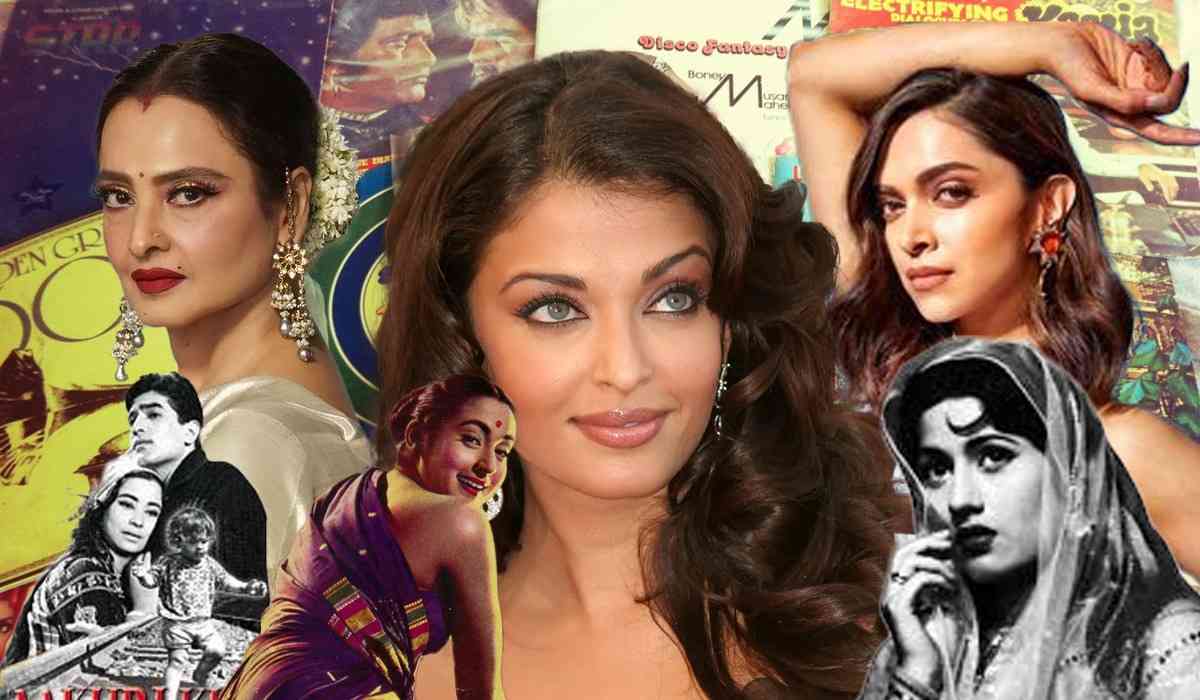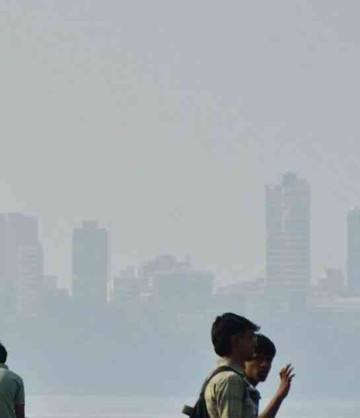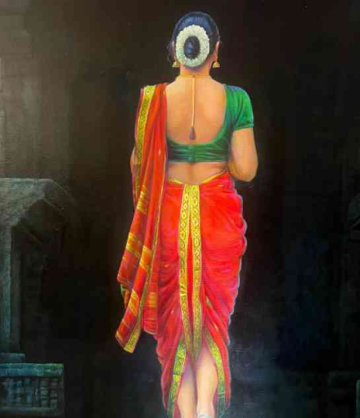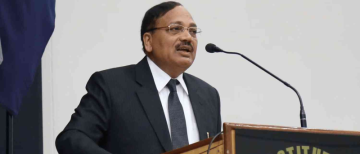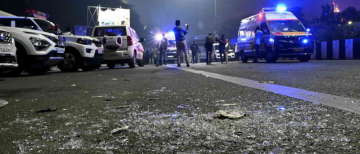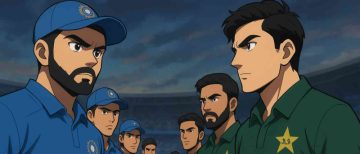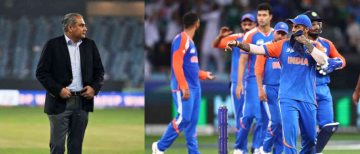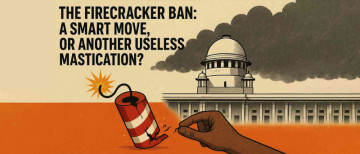The portrayal of women in Bollywood has long been dictated by a male gaze, reducing female characters to mere accessories in the grand narratives centered around men. From being objectified in item songs to playing the ever-sacrificing mother, wife, or lover, women were often sidelined, serving as catalysts for male protagonists' journeys. However, the tides have been changing. With shifting societal attitudes and growing awareness, Bollywood has begun embracing more nuanced and empowering representations of women.
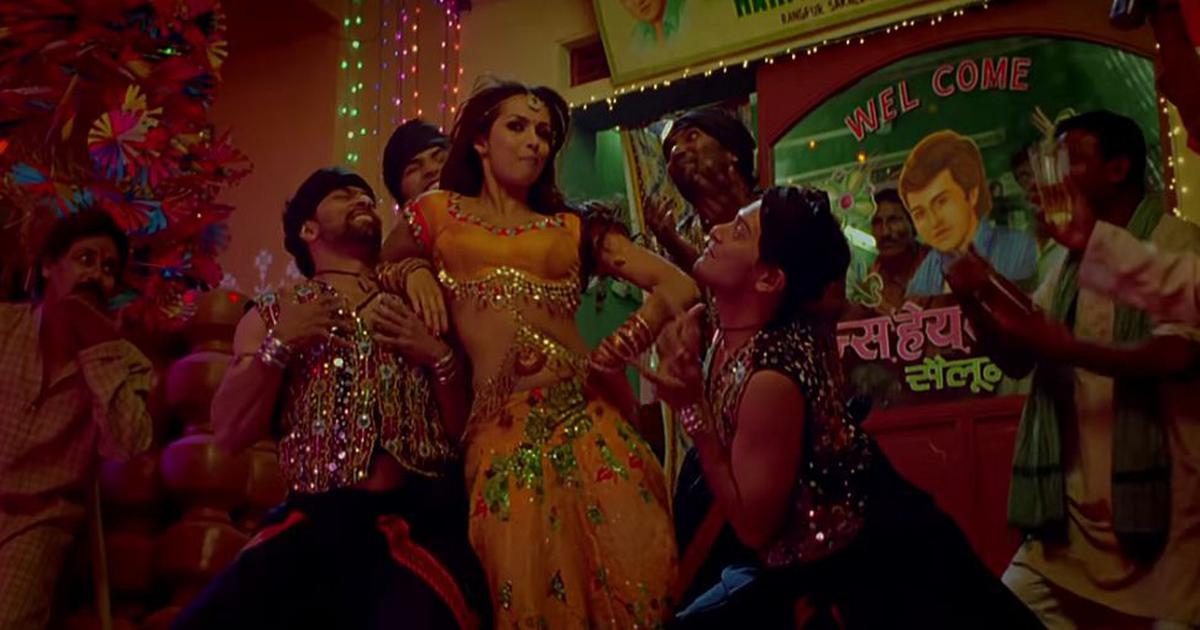
The Early Days of Indian Cinema
The inception of Indian cinema can be traced back to Raja Harishchandra (1913), which featured an all-male cast due to prevalent societal norms discouraging women's involvement in performing arts. However, that same year, Dadasaheb Phalke’s Mohini Bhasmasur introduced women on screen, marking a significant turning point.
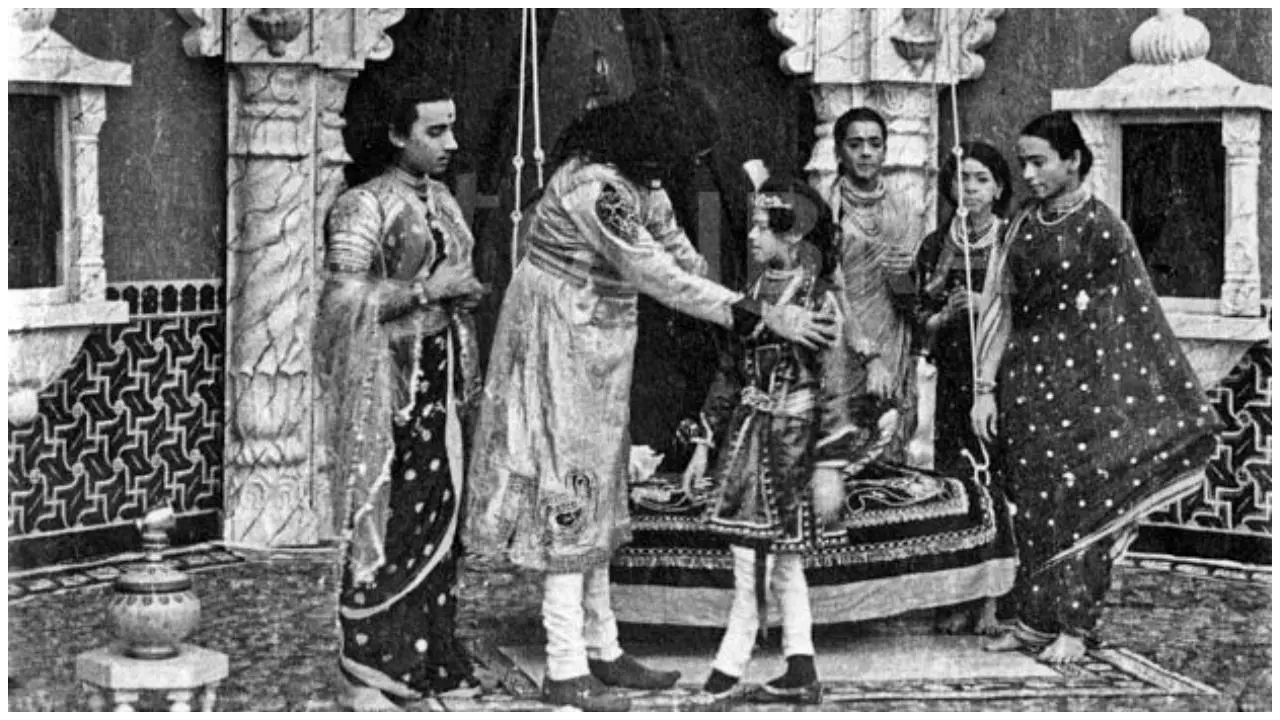
Between the 1910s and 1950s, Bollywood predominantly focused on nationalist and mythological themes, with women often playing passive characters. Their roles were limited to devoted wives, self-sacrificing mothers, or virtuous lovers, reinforcing traditional gender norms rather than challenging them.
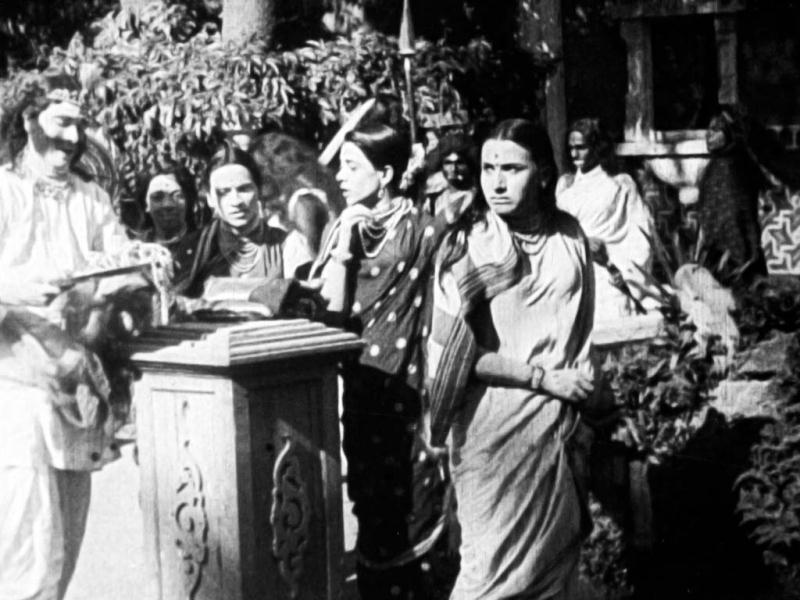
The Golden Age (1950s–1970s): Women as Nurturers and Sacrificers
The so-called "Golden Age" of Bollywood saw the emergence of some of the most iconic female characters. However, many of these women remained tethered to their relationships with men—mothers, wives, and caregivers upholding traditional values. While these roles showcased resilience and strength, they were often defined by sacrifice.
A striking exception was Radha in Mother India (1957). Played by Nargis, Radha was a symbol of resilience, navigating extreme hardship while maintaining her moral compass. Her character, though still tied to traditional values, broke the mold by showcasing a woman's power in a deeply patriarchal society. Despite the limited scope of female roles during this era, Radha’s story remains a landmark in Bollywood’s portrayal of women.
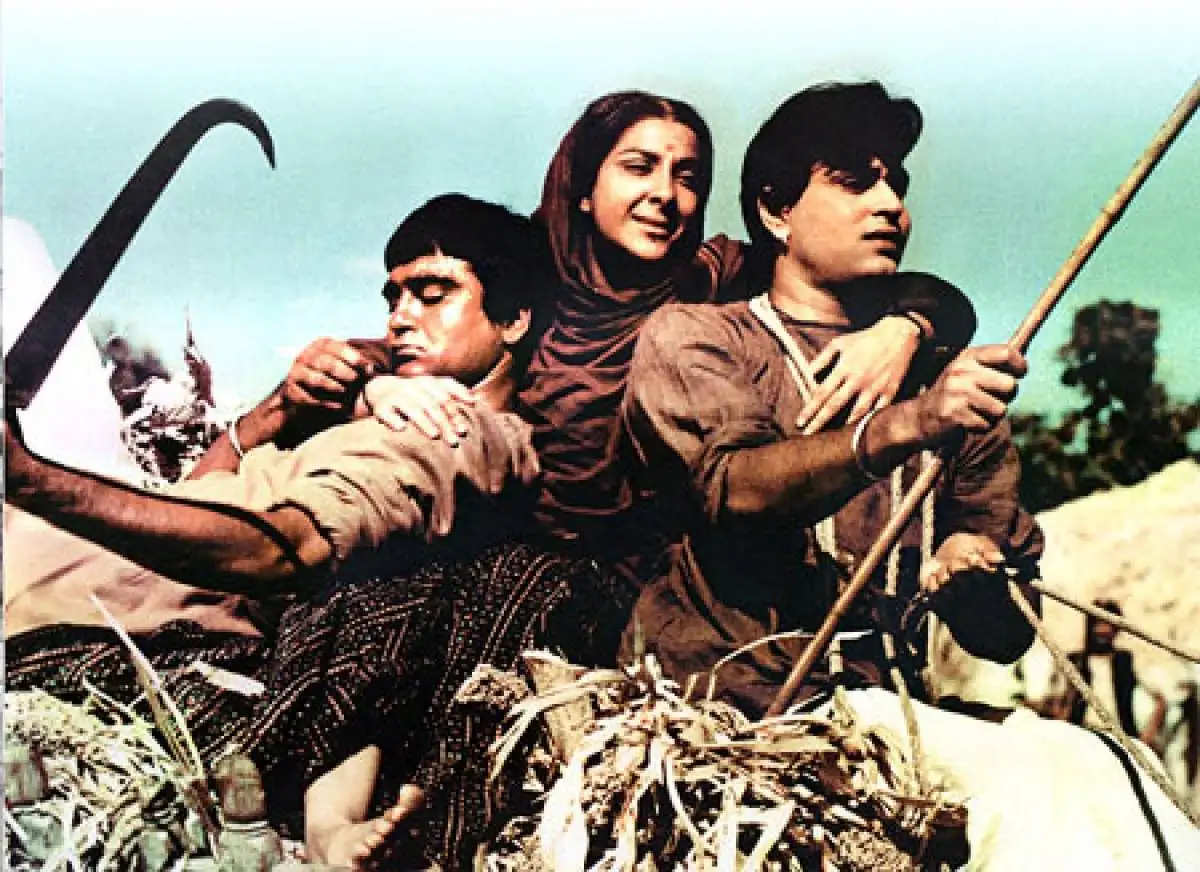
The 1980s and 1990s: Love Stories, Stereotypes, and the Femme Fatale
With the 1980s and 1990s, Bollywood shifted toward romance-driven narratives, and the portrayal of women evolved accordingly. While female characters gained more visibility, they often fell into predictable molds:
-
The Damsel in Distress – Women were frequently portrayed as naïve, fragile individuals reliant on male saviors.
-
The Dutiful Wife – The narrative often reinforced the idea that a woman’s greatest ambition was to support her husband and family, sidelining her own dreams.
-
The "Vamp" – These characters were independent and bold but were often vilified, depicted as seductresses leading men astray.
Films like Hum Saath Saath Hain (1999), Kuch Kuch Hota Hai (1998), and Dilwale Dulhania Le Jayenge (1995) remain beloved classics, yet they reinforce troubling gender stereotypes. For example, Hum Saath Saath Hain presents a utopian family model where women’s primary role revolves around domestic responsibilities, reinforcing traditional patriarchal ideals.
While this era did produce some strong female characters, such as Madhuri Dixit’s Nisha in Dil To Pagal Hai (1997), who showcased ambition and self-assurance, the overarching themes still leaned towards traditional gender expectations.
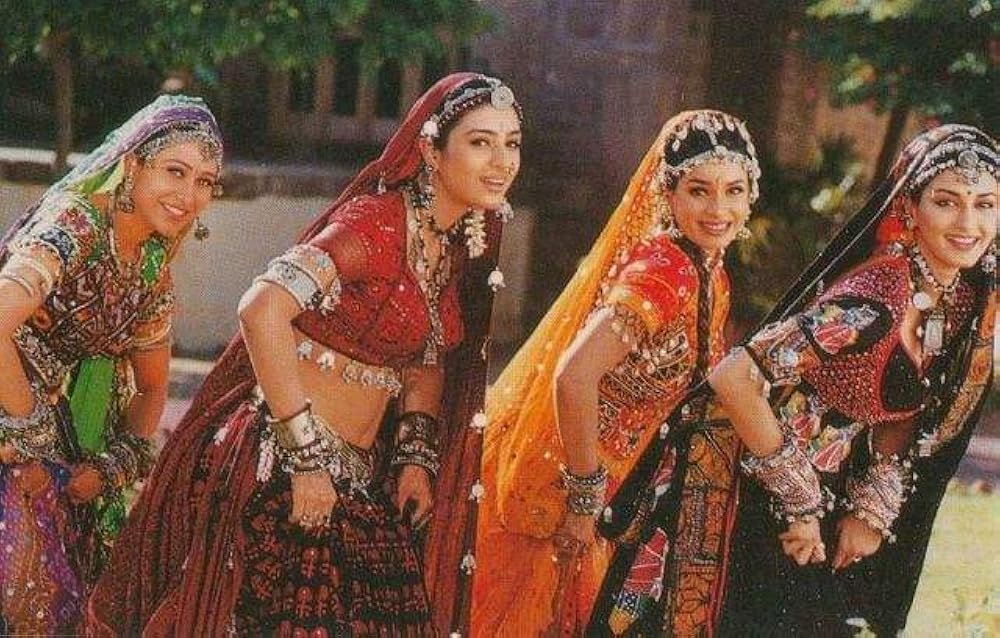
A Shift Towards Stronger Female Narratives
The 2000s saw the beginning of a shift in how women were represented on-screen. Bollywood started exploring more complex female protagonists, moving beyond one-dimensional portrayals. Films like Veer-Zaara (2004), Kahaani (2012), and Dangal (2016) presented strong, independent women making their own choices.
The last decade has further challenged Bollywood’s traditional narratives, offering more nuanced female-centric stories:
-
Breaking Gender Norms – Films like Raazi (2018) and Piku (2015) showcase women who are both emotionally and intellectually powerful.
-
Questioning Patriarchal Structures – Thappad (2020) questions societal norms around domestic violence, while Lipstick Under My Burkha (2016) explores female desires and agency.
These films mark a shift from women being mere supporting characters in male-led stories to becoming the central driving force of the narrative.
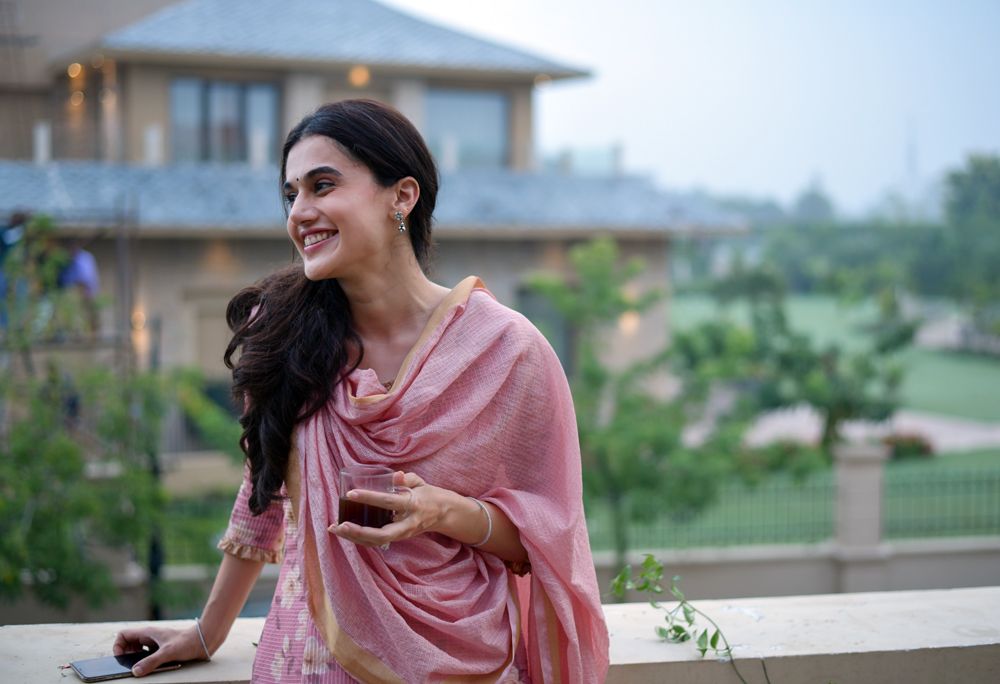
Challenges and Progress: Where Bollywood Stands Today
While Bollywood has made significant progress in representing women more authentically, challenges remain. Some persistent issues include:
-
Unrealistic Beauty Standards – Female actors are often expected to conform to rigid beauty norms, prioritizing aesthetics over depth in characterization.
-
Lack of Women Behind the Camera – The industry continues to be male-dominated, affecting how female stories are told and perceived.
-
Tokenism in Female-Led Films – While some films put women at the forefront, many still rely on the presence of a male character to validate their journey.
That said, there is a growing acceptance of female-led films. Audiences have embraced movies like Neerja (2016), Queen (2014), and Kahaani (2012), proving that well-crafted stories centered around women can be both critically and commercially successful. The increasing involvement of female writers and directors is further contributing to richer, more authentic narratives.
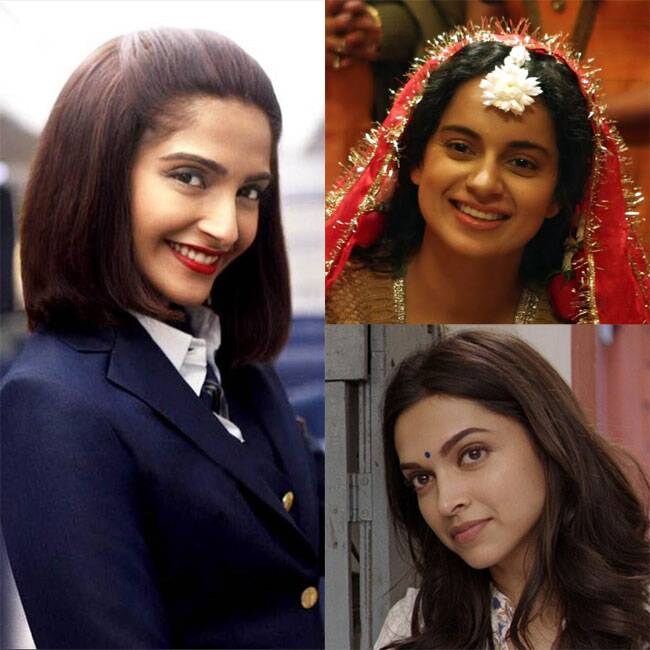
The Road Ahead: Towards True Gender Equality in Bollywood
Bollywood is on a path toward redefining female representation, but the journey is far from over. As audiences demand more nuanced, diverse, and empowering stories, filmmakers have a responsibility to challenge outdated stereotypes and create space for complex, multi-dimensional female characters.
While the industry has not yet reached a “Golden Era” for women in cinema, every step forward is a victory. The evolution of female representation in Bollywood is not just a reflection of changing narratives on-screen but a larger cultural shift towards gender equality in Indian society. If this progress continues, the future of Bollywood could finally move beyond objectification and stereotypes to embrace a truly inclusive cinematic landscape.
With inputs from agencies
Image Source: Multiple agencies
© Copyright 2024. All Rights Reserved Powered by Vygr Media.

